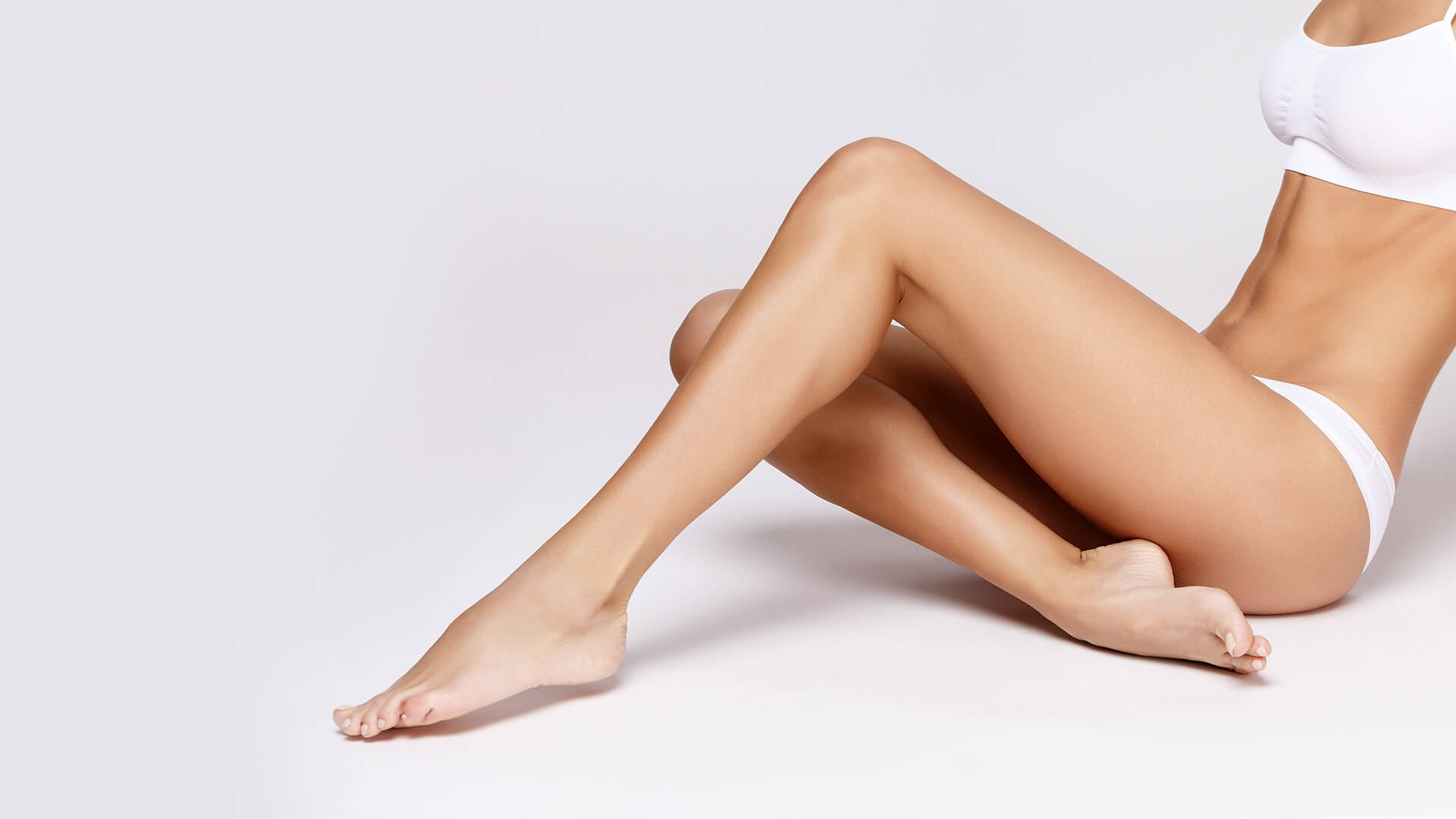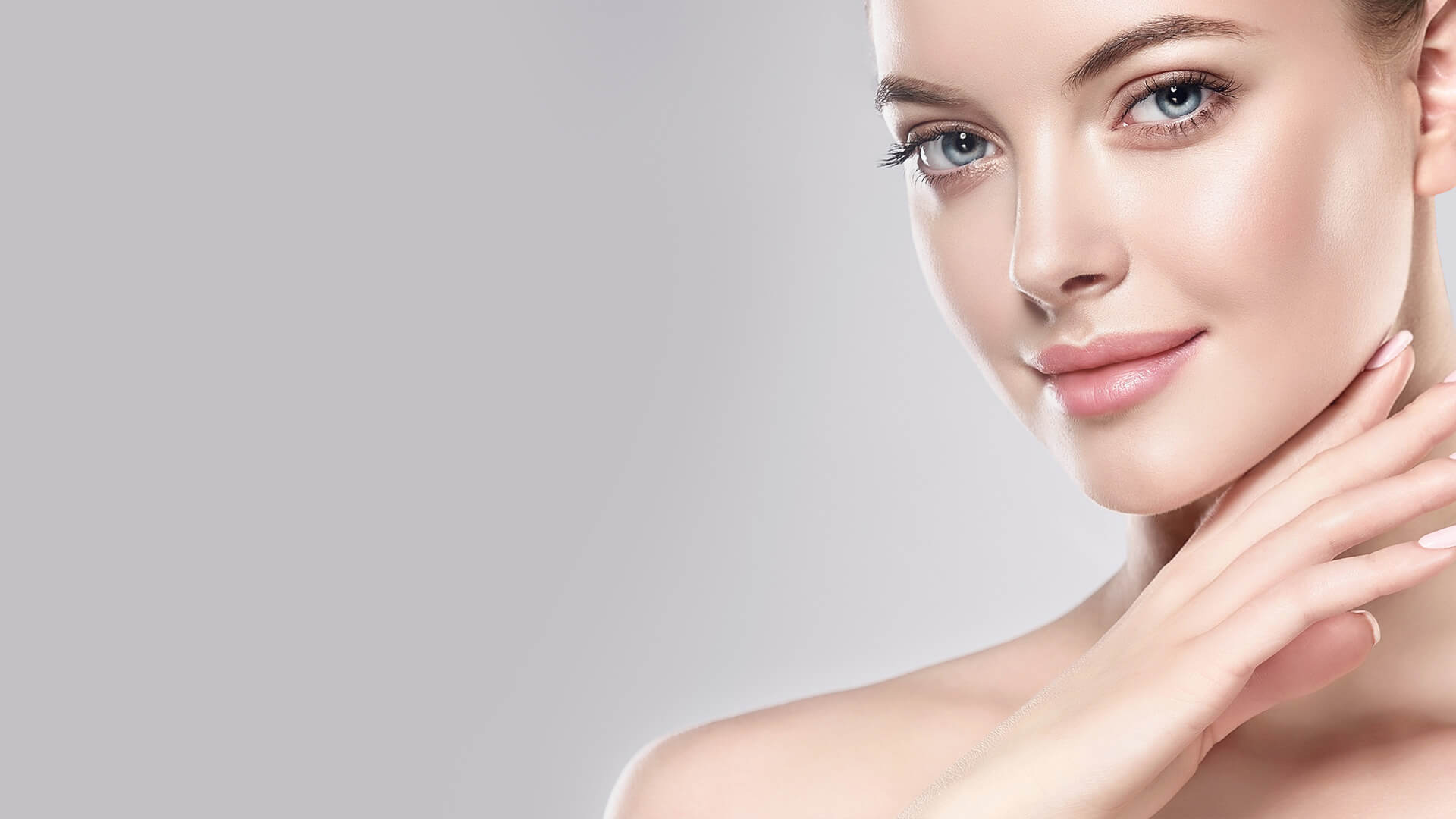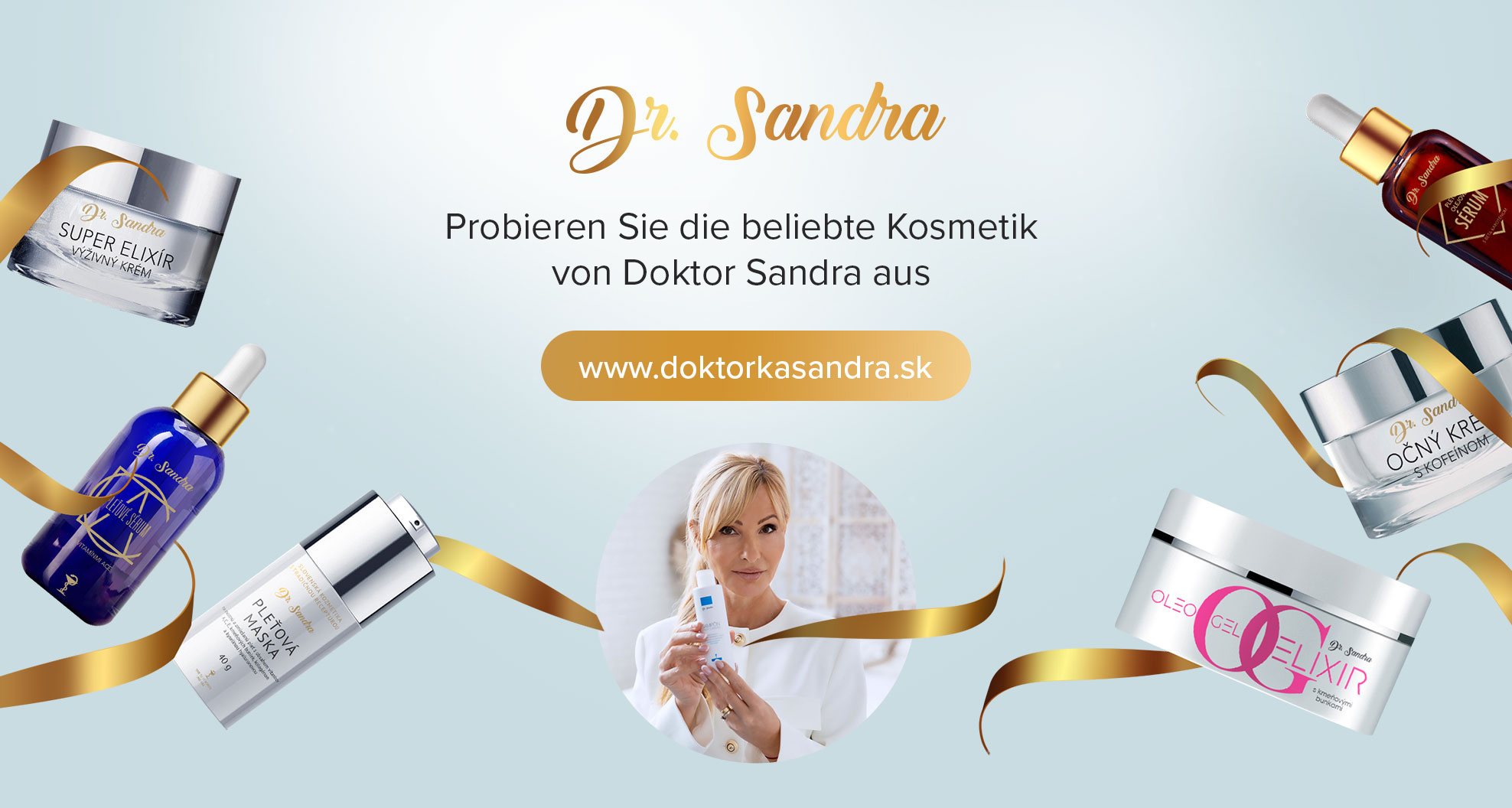Theory about hair
Hair is a keratinized product of the skin with typical structural, mechanical and chemical properties. In the center of the hair is the medulla, which may be continuous, discontinuous or absent. On the surface, the cuticle is formed by flat cells with free ends towards the distal end of the hair. The cells of the cuticle, together with the inner sheath, fix the hair in the follicle. We have about 100,000-150,000 follicles on our head. In children their density is 500 – 700 per cm2 , with age the density of follicles progressively decreases and in an adult it is about 250 – 350 hair follicles per cm2 . In old age, there is no further reduction in the number of follicles. During its lifetime, one hair follicle produces 20-30 hairs. Hair is dead material, yet it grows for several years. Hair grows on the basis of regeneration of the destroyed parts by starting from the preserved part. The follicular cycle is specific to each follicle and independent of other follicles. Hair follicles have a 12-hour mitotic activity, especially at night and during sleep. Only the hair of the chin and forearms have a rhythm through the day. Hair grows the most between the ages of 16 and 46, after which growth gradually declines.
Growth phases of hair
The different phases of hair growth are called anagen, catagen and telogen. For the hair replacement cycle in the capillitial area, the law called. “three”: a 3-year growth phase – anagen, a 3-week transition phase – catagen, a 3-month telogen – a phase during which the hair falls out to be immediately replaced by new hair.

Alopecia
Any disturbance of the hair related to its quality or quantity is immediately visible and for most people unpleasant. About 50 – 100 hairs fall out daily. If the hair loss is greater and lasts longer, the hair thins and the scalp becomes transparent.
Alopecia androgenetica
The most common type of hair fall is called. male pattern baldness – Alopecia androgenetica. Testosterone reaches the hair follicle cell, binds to the androgen receptor and forms an activated complex. The DNA content decreases. Gradually, the follicular matrix and dermal papilla are reduced and the follicle becomes progressively smaller. The miniaturized follicle produces increasingly thinner hair without medulla and pigment until the hair follicle gradually disappears. Alopecia androgenetica occurs equally in both men and women, with the difference that a woman will never develop complete baldness like a man. Androgenetic alopecia in men usually starts at the corners, later the implantation line (the place above the forehead where the hair begins to grow) moves backwards, gradually a bald spot forms on the vertex of the head, and finally a bald spot with hair remnants remains on the sides of the head, on the nape of the neck and above the ears in the shape of a horseshoe. There are 5 degrees of baldness with gradual loss of hair in the central area and on the vertex. Treatment can save what can be saved for types I – III, for type IV a surgical solution is appropriate and for type V we can only resign.
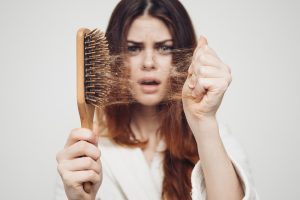
Hair fall in women
In women, the process of hair fall is different. The implant line does not change, but the hairline on the vertex is gradually thinned until finally the scalp shines through the hair, more or less. Since r. 1977 describes three grades of androgenetic alopecia in women. In the first stage, camouflage is still easy with a good hairstyle, in the third stage, the baldness can no longer be covered. Sometimes male pattern baldness can occur in men and, conversely, female pattern baldness can occur in women with corners and displacement of the implant line. Hair has a protective function, but it is also an expression of personality.
Hair diseases
Diseases of the hair and scalp are very common, and even if they do not threaten anyone’s overall health, they are unpleasant for the patient. The most common hair diseases are Alopecia androgenetica, Alopecia diffusa, Alopecia areata and Dermatitis seborrhoica, among the hair shaft anomalies are Trichorrhexis nodosa and Trichonodosis. Diagnosis of most hair diseases is not difficult, but treatment may not always be successful.
Androgenetic type hair loss is the most common cause of hair loss worldwide. In men, it usually begins to appear at the end of the second decade of life, in women in the third decade. The fact is that at the age of 25, 25% of men experience a noticeable thinning of their hair, and at the age of 50, 50% of men experience a noticeable loss of hair. What are the treatment options? The vast majority of men have no problem coming to terms with the fact that they are going bald. Many others and many women are desperately seeking treatment options and resorting to many, often unwise solutions.
Alopecia diffusa
This is a hair fall in the extent of the entire capillitium. The hair thins gradually, or the thinning is dramatically fast. Very often it occurs after childbirth. It occurs because during pregnancy, female hormones do not allow the hair to go into the telogen phase, but the hair makes up for it 2 – 3 months after giving birth. Diffuse hair loss also occurs in some endocrinological diseases, both reduced and increased thyroid activity, poorly controlled diabetes.
Diffuse alopecia occurs in nutritional and metabolic diseases, iron and zinc deficiency, after stress, when taking certain medications. It can occur in vegetarians as a chronic telogen effluvium in the absence of complete animal protein and is common in hypocaloric diets. However, diffuse hair loss also occurs in the course of some inflammatory diseases of the scalp. The diagnosis is confirmed by a trichogram. The treatment is clear if the provoking cause is revealed. In the event that the cause is not found, local stimulating preparations are used in the treatment, overall supportive therapy with combined preparations containing minerals and vitamins.
Alopecia areata
This is a very unpleasant form of hair fall. Uncorrected refractive error, focal infections, nonspecific immune and organ-specific autoimmune reactions may be the cause of the disease. There are 4 types of the disease : Type I – common type in 83% of patients. Start between 20. – 40. year of life, of which 6% go on to alopecia totalis. Type II. – atopic – occurs in 10% of patients. The disease begins in childhood, the evolution is prolonged and persists for several years. Isolated tufts of hair can be seen on the bearings. Up to 75% of cases progress to alopecia totalis. There is often a history of asthma, allergic rhinitis or atopic dermatitis. Type III. is in 4% of mostly young, adult patients, often also leads to alopecia totalis. In most patients, we find arterial hypertension in family members. Type IV. – combined – is in 3% of patients over 40 years of age. The main characteristic is the presence of some endocrinological disease. Alopecia areata can be in the form of isolated hairless deposits, often multiple. Their fusion results in alopecia totalis and if the hair falls out all over the body we speak of alopecia universalis. The skin on the bearings is always smooth, without pathological changes. In addition to the common form of alopecia areata, there is also a scar form – Alopecia areata atro phi cans – Pseudopelade Brocq. The skin on the affected foci is white-yellow, shiny, thinned, the mouths of the follicles are not visible. Isolated tufts of hair are a typical finding.
Dermatitis seborrhoica
It is another common disease of the hairy part of the head with the formation of imprecisely circumscribed erythematous foci with scaling. Sometimes only dandruff forms without changes to the skin. Unlike psoriasis deposits, dandruff is very easy to detach from the skin. The scaling is associated with the yeast-like microorganism Malassezia species. It is normally found on the skin of all humans, but in the right conditions it will multiply. The diagnosis certainly does not cause problems, but in more severe cases it can sometimes mimic psoriasis of the hairy part of the head. Dandruff is mostly just an aesthetic disorder, but in escalated cases we are already talking about a disease. They can make life very difficult for their wearer and are also unpleasant for their surroundings. Dandruff formation decreases with age.
Trichorrhexis nodosa
It is the most common form of hair dystrophy. It commonly occurs after various aggressive cosmetic procedures, when using hot curling irons and curlers for hair styling and as a result of so-called. “weathering” of the hair, which means damage to the hair shaft due to sun, heat, cold, wind, etc.
Trichonodosis
It is the formation of knots on the hair shaft. It can be one or more knots on the same hair, which are formed spontaneously, by the action of chemicals or by friction against the pad.
The best cure for hair loss is to address the cause.
The most common causes provoking hair fall or hair loss
- genetic predisposition
- poor lifestyle and lifestyle management
- disturbed hormonal levels
- chemicals, chemotherapy, radiotherapy
- taking certain medicines
- some types of hidden inflammation
- kidney, thyroid or skin disease
Types of hair loss

TRICHOLOGICAL EXAMINATION
How is the initial trichological examination in our clinic?
The initial trichological examination begins with an interview, where the doctor takes a thorough history of the origin and course of the patient’s hair loss problem. After the initial consultation, the doctor clinically examines the patient’s hair and becomes familiar with the findings.
This is followed by a digital trichoscopy, which is carried out using a special camera connected to a computer, so that we are able to take pictures and store them for further inspection. The camera senses individual locations on the scalp and is able to capture the scalp, hair follicles and individual hairs at magnifications that cannot be seen with the naked eye (up to 120 times). It is this step that provides valuable information on the correct diagnosis, as we are able to observe the signs typical of the disease.
Based on the findings of the initial consultation and the results of the digital trichoscopy, the trichologist will make a diagnosis and suggest the most appropriate treatment for the patient. The doctor summarizes his findings, opinions and recommendations for the patient in a detailed report. In case of need or suspicion of diseases that could be the cause of the patient’s hair problem, the doctor will still recommend additional examinations by various specialists or a general practitioner.
How to prepare for the examination?
Hair should not be dyed for at least 14 days prior to the examination and it is advisable not to wash the hair for 2-3 days prior to the examination. Following these recommendations will help us diagnose your problem.
How much time should I book for the examination?
As this is a complex examination, you need to book a sufficient amount of time. The standard examination takes about 40 minutes. Our aim is that all the patient’s questions are answered and that during this time the patient understands their disease and the mechanism responsible for hair loss.
What are the treatment options for hair fall?
The issue of hair loss is very broad, individual diseases differ from each other in the mechanism of occurrence and course. That is why we feel the need to bring more treatments to the table so that we are able to help as many patients as possible. We follow the latest recommended treatments and bring new and modern ways to deal with hair fall and how to improve hair quality. We offer patients:
What is the success rate of hair loss treatment?
The success rate of treatment depends largely on the specific diagnosis, but we have a very high success rate in patients who follow the established treatment plan and the first results are usually seen after 2-3 months of treatment.
Is it necessary to have an initial trichological examination with us before starting treatment if you have already seen another dermatologist?
The view of the patient and the diagnosis may vary from doctor to doctor, as the doctor approaches the patient based on his/her previous experience. The initial examination in our hair clinic is very important for us, because thanks to it we are able to establish the correct diagnosis and plan the treatment that will be the most suitable for the given disease.
What does the report you get from the trichological examination look like?
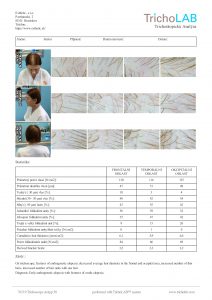




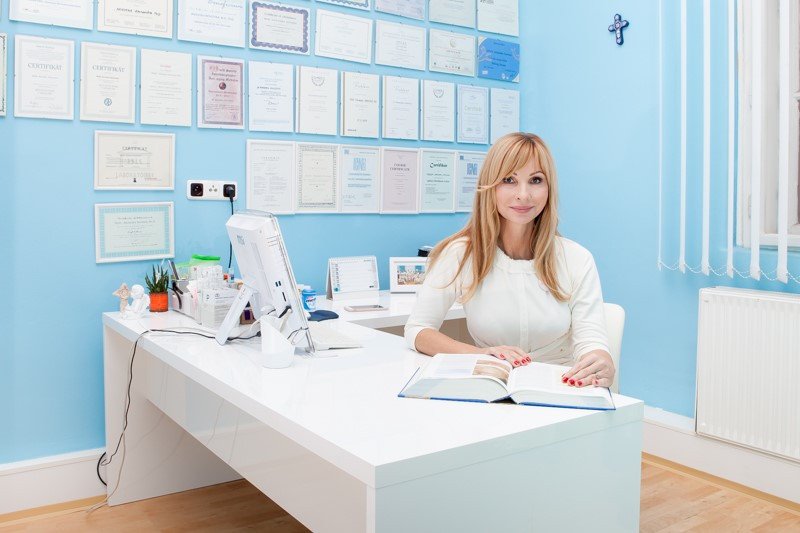
 Results after the procedure – removal of acne scars and wrinkles with CO2 laser. | Source: archive of MUDr. Alexandra Rozborilova, PhD. / Esthetic
Results after the procedure – removal of acne scars and wrinkles with CO2 laser. | Source: archive of MUDr. Alexandra Rozborilova, PhD. / Esthetic
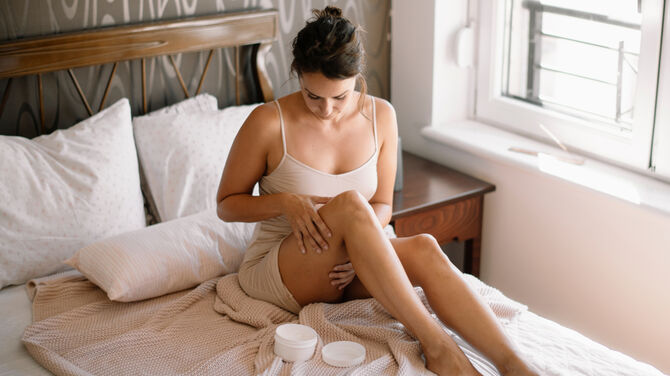

 Photo: Shutterstock
Photo: Shutterstock
 Photo: Shutterstock
Photo: Shutterstock
 Photo: Shutterstock
Photo: Shutterstock
 Photo: Shutterstock
Photo: Shutterstock
 Photo: Shutterstock
Photo: Shutterstock
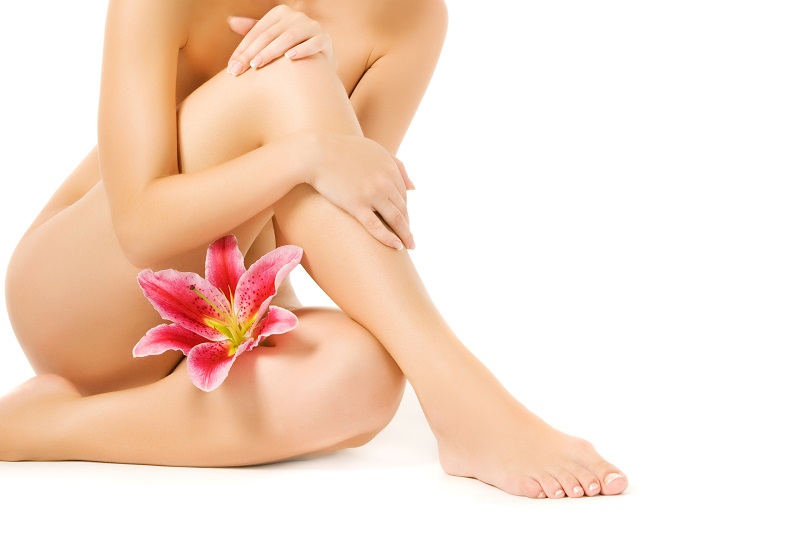
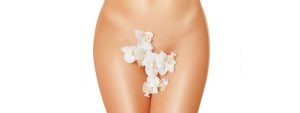 Intimate parts are among the most sensitive places on a woman’s body. That’s why women are often so demanding about their shape. It often happens that they are ashamed of these parts in front of their partner and feel that they are far from perfect. In that case, there are only two options. Either continue to be consumed by dissatisfaction, or go see a plastic surgeon.
Intimate parts are among the most sensitive places on a woman’s body. That’s why women are often so demanding about their shape. It often happens that they are ashamed of these parts in front of their partner and feel that they are far from perfect. In that case, there are only two options. Either continue to be consumed by dissatisfaction, or go see a plastic surgeon.
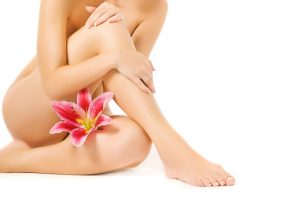 The most common operation is, according to MUDr. Rozboril’s correction of the labia minora.
The most common operation is, according to MUDr. Rozboril’s correction of the labia minora.





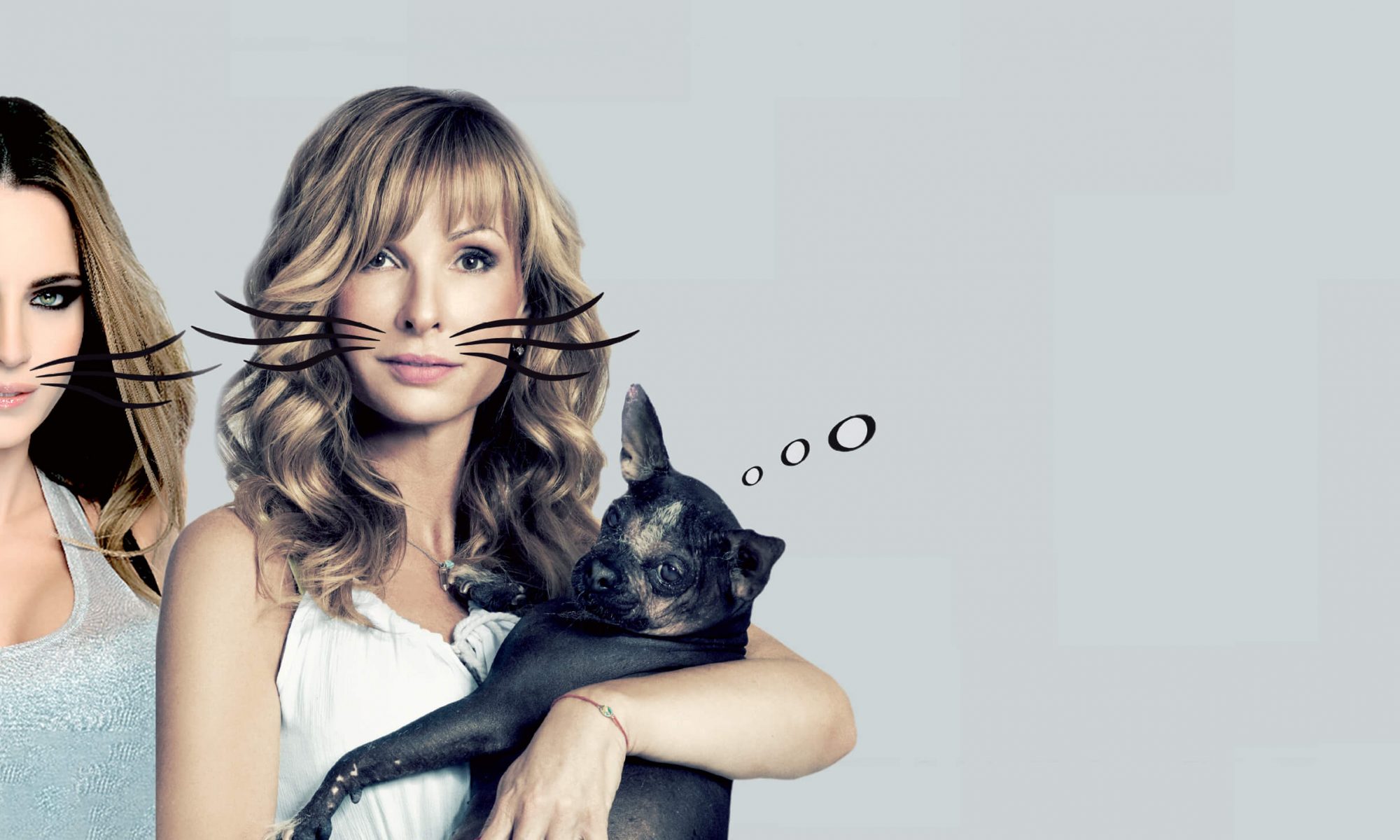
 The money raised from the sales goes to buy vaccines for abandoned pets, so in those 10 years, that’s hundreds of vaccines and hundreds of pets we’ve helped.
Thank you
The money raised from the sales goes to buy vaccines for abandoned pets, so in those 10 years, that’s hundreds of vaccines and hundreds of pets we’ve helped.
Thank you
